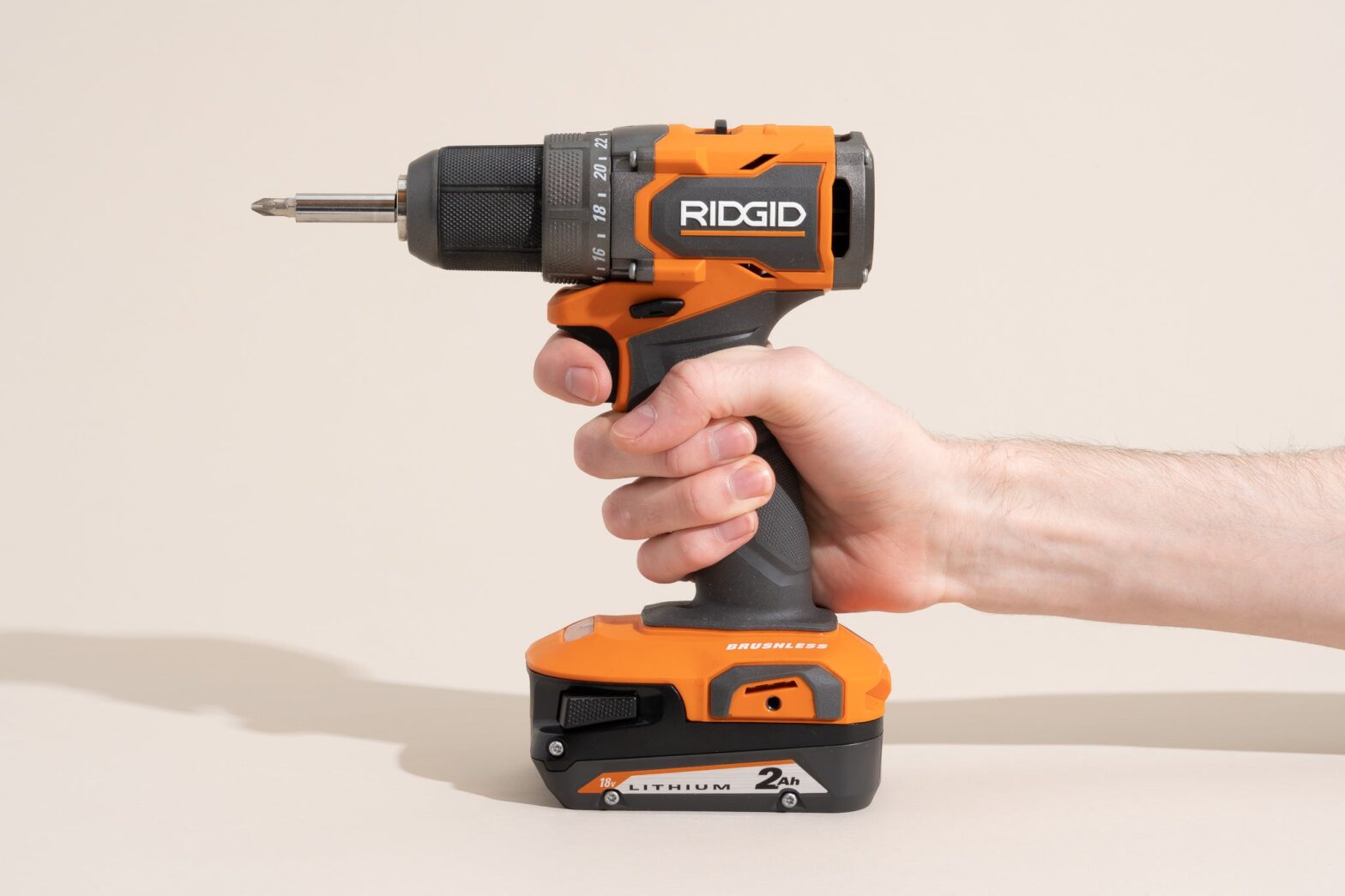To use woodworking without power tools, you need sharp hand tools such as saws, chisels, hand planes, and a mallet or hammer. Hand tools give you greater control and precision over your work, while also allowing you to appreciate the tactile experience of working with wood.
Woodworking is an excellent hobby that allows you to create beautiful and utilitarian objects from wood. While power tools certainly have their advantages, they also have a few drawbacks. They can be noisy, dusty, and costly, and they can be intimidating to use for beginners.
Additionally, using power tools can sometimes lead to a disconnected and unfulfilling experience. In contrast, hand tools offer a slower and more deliberate approach to woodworking that many find more rewarding. With care and practice, you can learn to use hand tools to create beautiful and functional objects that will last a lifetime.

Credit: www.amazon.com
The Advantages Of Traditional Woodworking
Traditional woodworking without power tools has a lot of advantages. It is a way to connect with the past and learn from our ancestors. It also helps in developing patience and skill, as it requires more effort and precision. Traditional woodworking encourages creativity and problem-solving.
It allows you to innovate and come up with unique ways to craft your wood pieces. Furthermore, it is an environmentally friendly method as you do not require electricity to power tools. Traditional woodworking is a fun and rewarding activity that helps you connect with nature and your inner creativity.
Necessary Hand Tools For Traditional Woodworking
Traditional woodworking can be incredibly rewarding when done with hand tools. Chisels and gouges are essential for carving clean lines and details. A hand saw and miter box provide precision cuts without the noise of power tools. Hand planes take a bit of practice but provide a smooth finish on surfaces.
Rasps and files smooth rough wood while shaping it. Braces and bits allow for precise drilling without electricity. Using these traditional hand tools can be slower but provides a sense of connectedness to the wood. Keep them sharp and oiled to extend their life.
Techniques For Handwork And Joinery
Using woodworking without power tools is a skill that requires techniques for handwork and joinery. Accurate measuring and marking of wood is crucial, as it determines the final product’s dimensions. Sawing and cutting require patience and precision to avoid errors.
Chiseling and carving can be done using a variety of hand tools like gouges and knives. Planing and shaping of wood can be accomplished using hand planes and spokeshaves. Lastly, joining and fastening is an essential skill in woodworking. Techniques such as dovetail joints and mortise and tenon joints are done by hand.
Learning handwork and joinery techniques can be a fulfilling experience, and it allows for custom woodwork with a personal touch.
Projects For Practicing Handwork And Joinery
These woodworking projects are perfect for honing your handwork skills without power tools. Create a stool or table with just hand saws and chisels. A box or chest can be made with hand planes and hand drills. Crafting a serving tray or cheese board requires only hand carving tools.
Lastly, try making a picture frame or mirror with hand saws and sandpaper. These projects not only improve your woodworking skills, but they also promote sustainable and traditional techniques.
Resources For Learning And Inspiration
Woodworking is an age-old craft that doesn’t solely rely on power tools. Traditional woodworking publications offer great resources for learning and inspiration. Conferences and workshops are also excellent opportunities to learn hands-on techniques. Online communities and forums provide connections with like-minded woodworkers around the world.
Finally, historical sites and museums allow enthusiasts to view the craft’s evolution. These resources provide valuable ways to learn and perfect woodworking skills without power tools. Whether it’s for personal enjoyment or professional development, traditional woodworking has much to offer.
Explore these resources and discover the beauty and simplicity of working with wood by hand.
Frequently Asked Questions On How To Use Woodworking Without Power Tools
What Are The Basic Tools Needed For Woodworking Without Power Tools?
The basic tools needed for woodworking without power tools include a hand saw, chisels, mallets, hand planes, hand drills, brace, and a bit.
Is It Possible To Create Furniture Without Power Tools?
Yes, it is possible to create furniture without power tools by using hand-held tools, utilizing traditional methods of joinery, and taking it one step at a time.
What Are The Benefits Of Woodworking Without Power Tools?
Woodworking without power tools provides a quieter, more hands-on experience that can be less intimidating to beginners. Additionally, it saves on electricity costs, creates less dust and debris, and allows for more precision and control in the woodworking process.
Conclusion
Woodworking without power tools may seem daunting at first, but with the right technique, tools, and mindset, it can be an enjoyable and rewarding experience for any woodworking enthusiast. As we’ve explored in this post, traditional woodworking methods are not only more eco-friendly and sustainable, but they also promote a deeper understanding and appreciation of the craft and its history.
Whether you’re just starting out or looking to refine your skills, practicing hand tool woodworking can help you develop patience, precision, and creativity while producing beautiful, one-of-a-kind pieces. So why not take a step back in time and try your hand at woodworking the way our ancestors did?
The satisfaction of producing something by hand is something that cannot be replicated with power tools alone, and the rewards are truly worth the effort.
